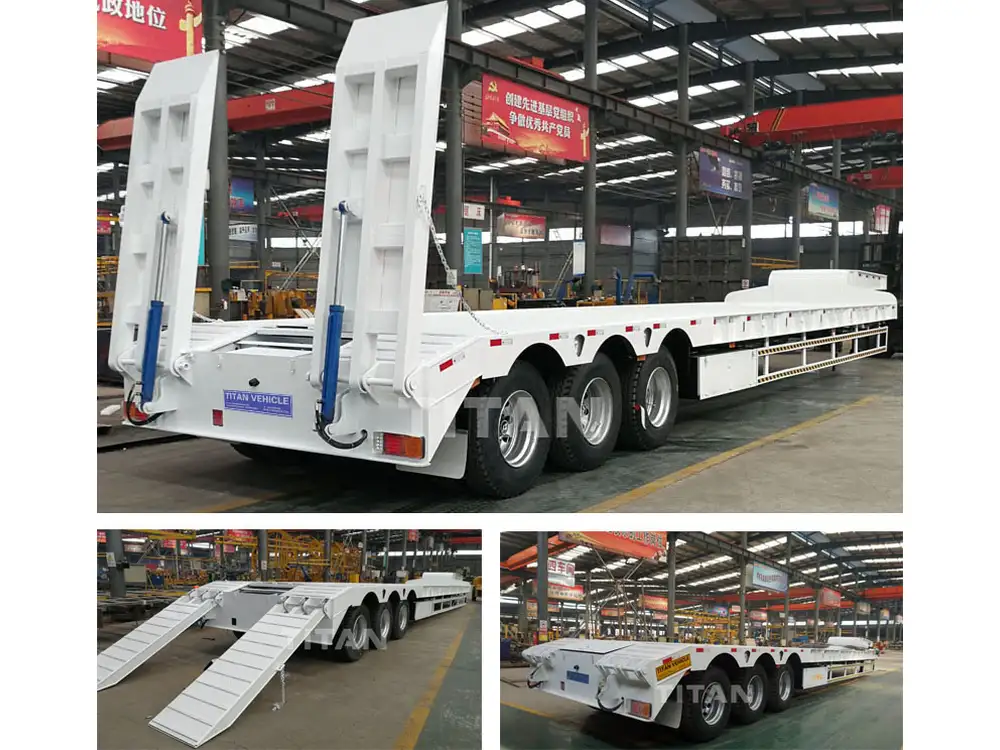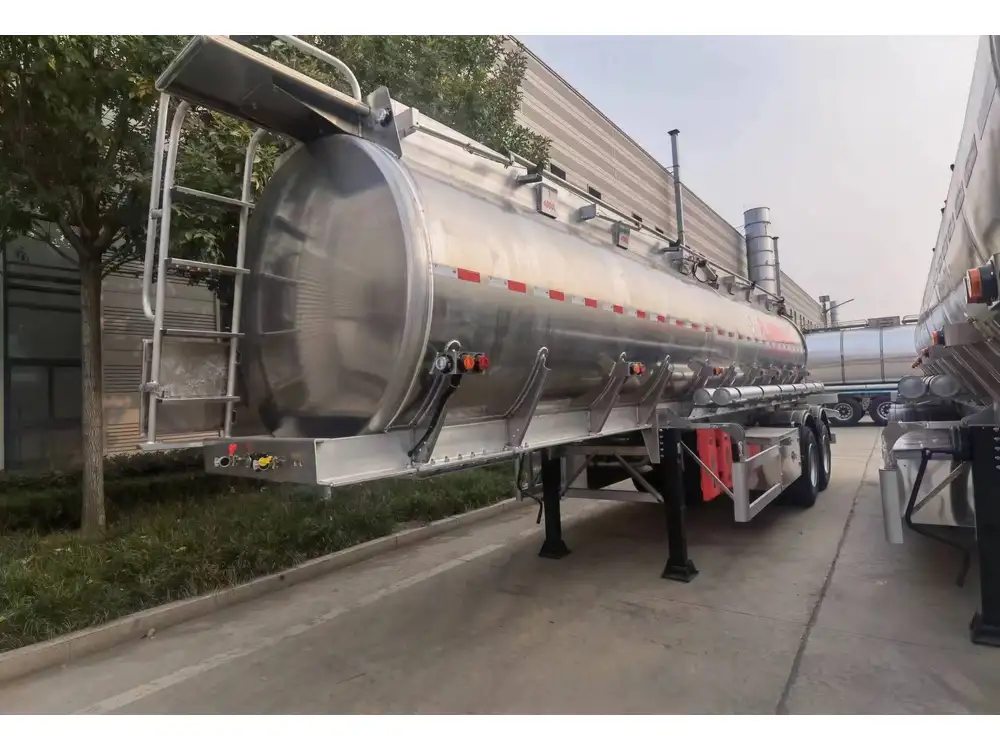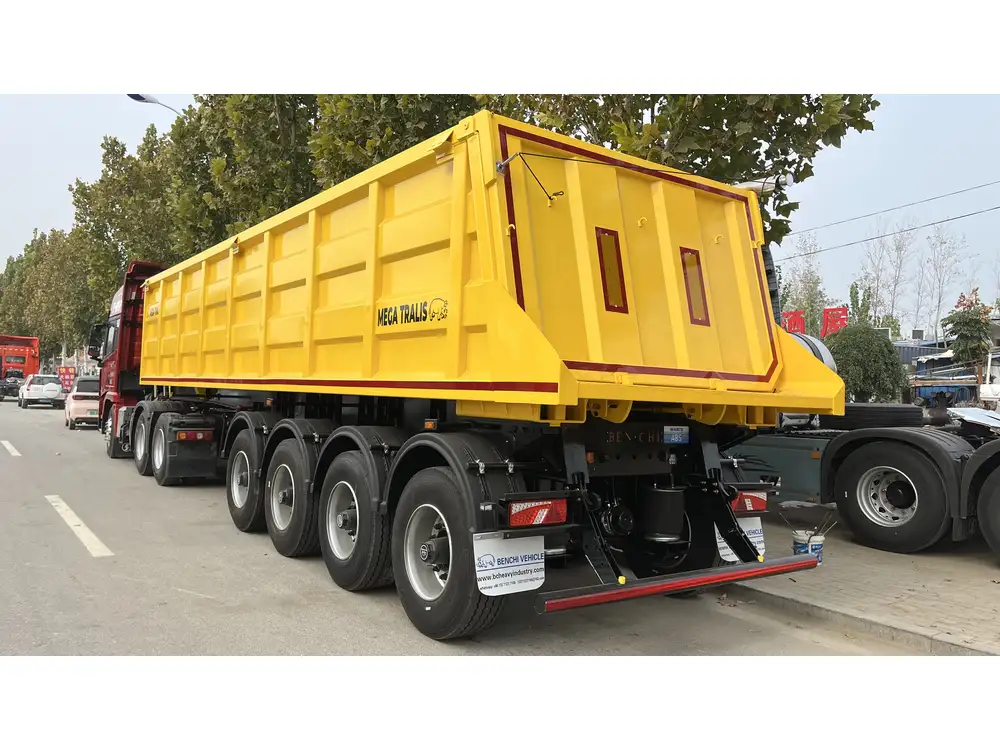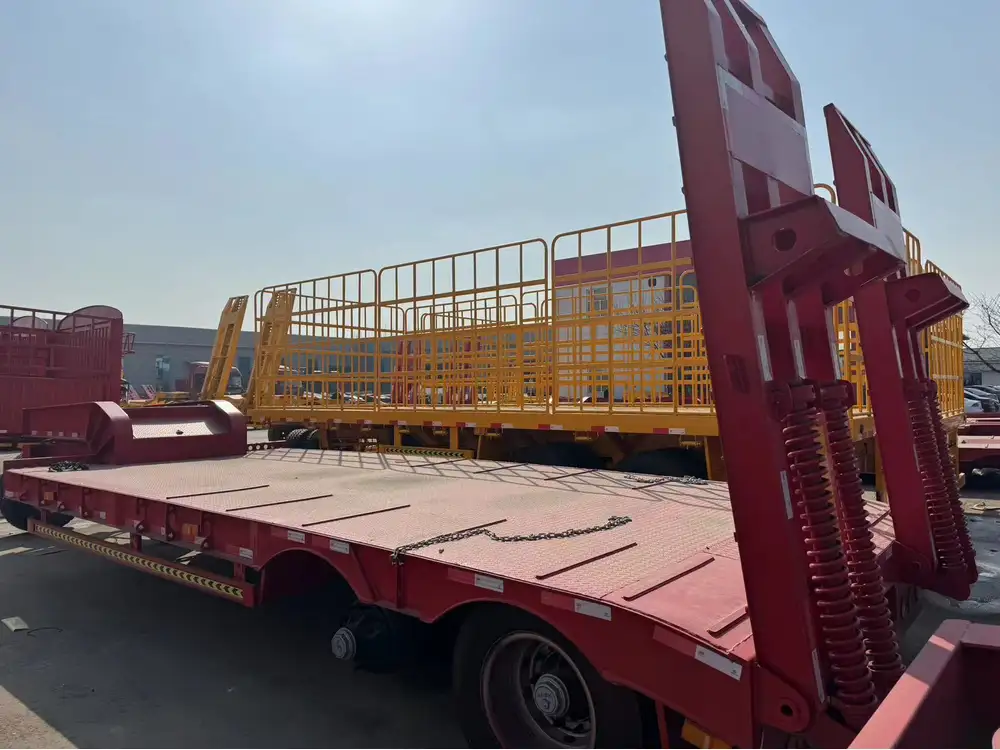When it comes to the longevity and functionality of semi-trailers, understanding the maintenance and repair intricacies of their components is crucial. One component that often requires attention is the air tank. The trailer air tank plays a pivotal role in the air brake systems of semi-trailers, managing air pressure to ensure safe braking. However, wear, tear, or accidental damage can lead to questions surrounding repairs—most notably revolving around whether one can weld a trailer air tank. This detailed article will dissect this concern, providing valuable insights for manufacturers and maintenance professionals.
Understanding Trailer Air Tanks: Functions and Importance
What Is a Trailer Air Tank?
A trailer air tank is a crucial vessel in the air brake system of a semi-trailer. Its primary function is to store compressed air, which is necessary for operating the trailer’s braking and suspension systems. Typically made from steel or aluminum, these tanks are designed to withstand substantial air pressure—usually between 100 to 150 psi (pounds per square inch)—to ensure reliable brake performance.

Functions of the Air Tank
| Function | Explanation |
|---|---|
| Air Storage | Maintains a reserve of compressed air for braking and suspension. |
| Pressure Regulation | Keeps the system under optimal pressure to avoid under or over-braking. |
| Moisture Separation | Often equipped with filters to minimize moisture, preventing corrosion and system failures. |
Can You Weld a Trailer Air Tank? The Technical Perspective
The Concerns with Welding Air Tanks
Welding a trailer air tank is a contentious topic. While it may appear straightforward, welding involves several risks and considerations:
Material Integrity: Air tanks are manufactured to withstand significant pressures. Welding can compromise their structural integrity if not performed correctly.
Residual Stress: Welding introduces residual stresses in the metal, which can lead to cracks or failures, especially under high-pressure conditions.
Explosive Risks: If there are residual air or combustible materials inside the tank during welding, it can lead to explosions, endangering the welder and anyone nearby.
Certification and Standards: Air tanks are required to meet certain safety standards and regulations; modifying them through welding can jeopardize certification.

Welding Process and Considerations
If it becomes imperative to rectify a flaw in a trailer air tank through welding, several factors must be meticulously observed:
- Preparation: The tank must be completely depressurized. Ensuring all moisture is removed is essential to prevent explosions.
- Material Match: Use filler materials that are compatible with the tank’s original material to preserve its characteristics.
- Qualified Welder: Only an experienced welder familiar with pressure vessel standards should attempt welding on an air tank.
- Post-Weld Testing: Conduct pressure tests after welding to ensure that the tank can safely hold its designed pressure.
Alternatives to Welding Air Tanks
Replacement vs. Repair
While welding may seem like a viable solution, it is essential to evaluate alternatives that often prove more effective:
| Method | Description | Pros | Cons |
|---|---|---|---|
| Replacement | Entirely replacing the air tank with a new unit. | Ensures integrity and safety. | Higher immediate costs. |
| Complete Reconditioning | Refurbishing the existing tank, including cleaning and repainting. | Can be less expensive than full replacement. | May not resolve deep structural issues. |

Professional Inspection
When in doubt, having a professional inspect the air tank is advisable. Experts can assess the damage and provide recommendations, evaluating whether repair, reconditioning, or replacement is the best course of action.
User Considerations: When to Seek Professional Help
Signs of Trouble
It is vital to be vigilant about certain signs that indicate your air tank may need maintenance or replacement:
- Visible Corrosion: Especially in older tanks, corrosion can weaken the structural integrity.
- Leaks: Puddles under the trailer or hissing sounds can indicate air leaks that must be addressed.
- Pressure Gauge Fluctuation: An inconsistent pressure reading can signal a malfunctioning tank.

The Role of Regular Maintenance
Establishing a routine maintenance schedule can prevent potential issues. Regular inspections can catch problems before they become critical, saving time and money in the long run.
Safety Precautions When Dealing with Air Tanks
- Always Depressurize: Before any intervention, ensure the tank is safely depressurized.
- Use Proper PPE: Protect yourself with gloves, goggles, and respiratory protection if necessary.
- Follow Manufacturer Guidelines: Always adhere to specifications provided by the manufacturer regarding repairs and maintenance.
Conclusion: Making Informed Decisions
Welding a trailer air tank is fraught with challenges and risks. While it may be technically feasible, the potential for compromising safety and performance often outweighs the benefits. For those involved in the semi-trailer manufacturing and maintenance industry, it’s crucial to recognize when repairs or replacements are necessary and become familiar with the safest courses of action.
Understanding the air tank’s critical role in the braking system and adhering to industry standards can greatly enhance the reliability and safety of semi-trailer operations. When in doubt, consulting professionals is always the best approach to ensure that your trailer remains in compliance with safety regulations and performs at optimal levels.
By prioritizing maintenance and choosing appropriate repair methods, you not only extend the life of your equipment but also contribute to safer transport practices. Remember, in the world of semi-trailer manufacturing and maintenance, knowledge is power, and informed decisions lead to superior outcomes.



